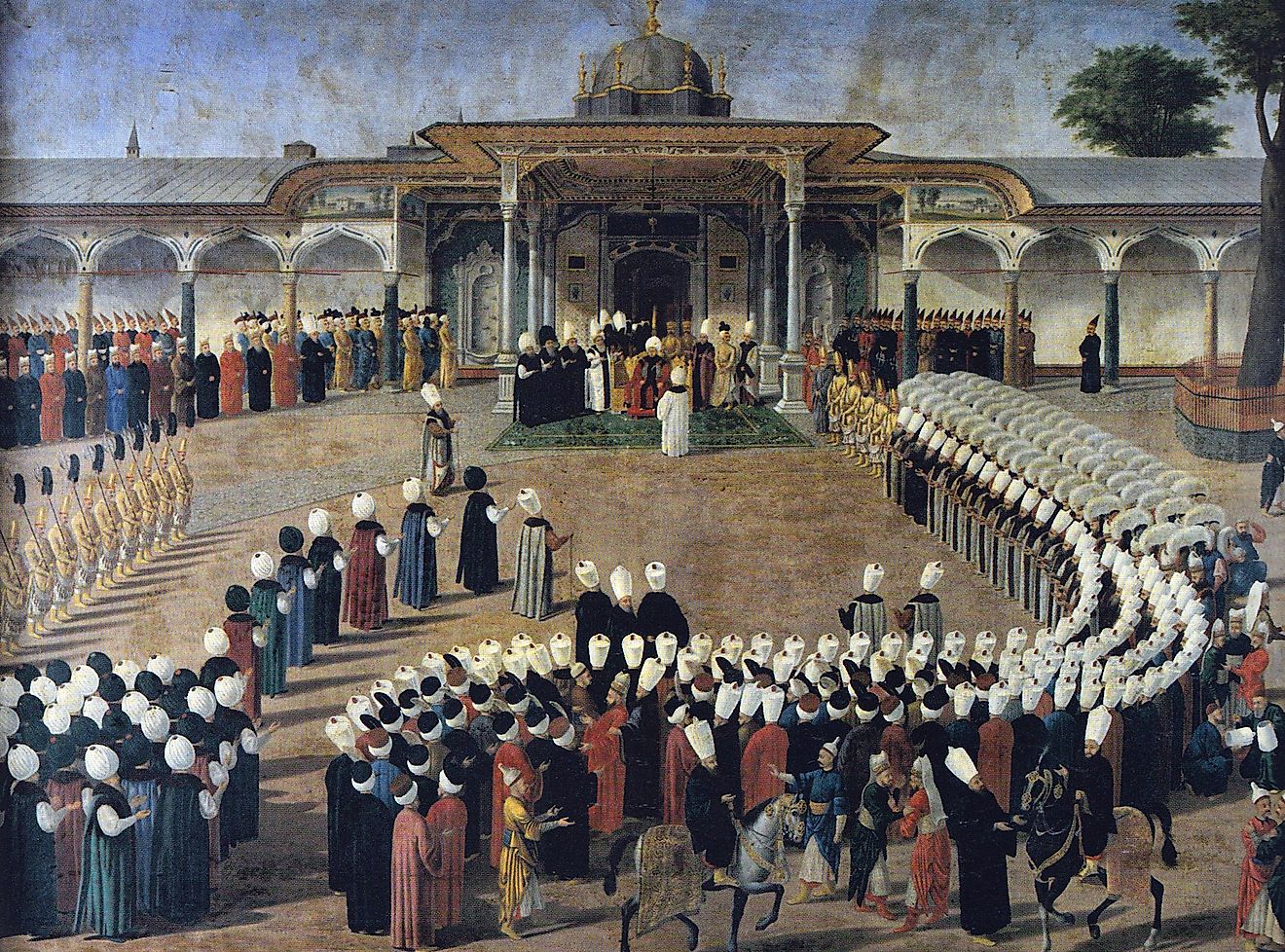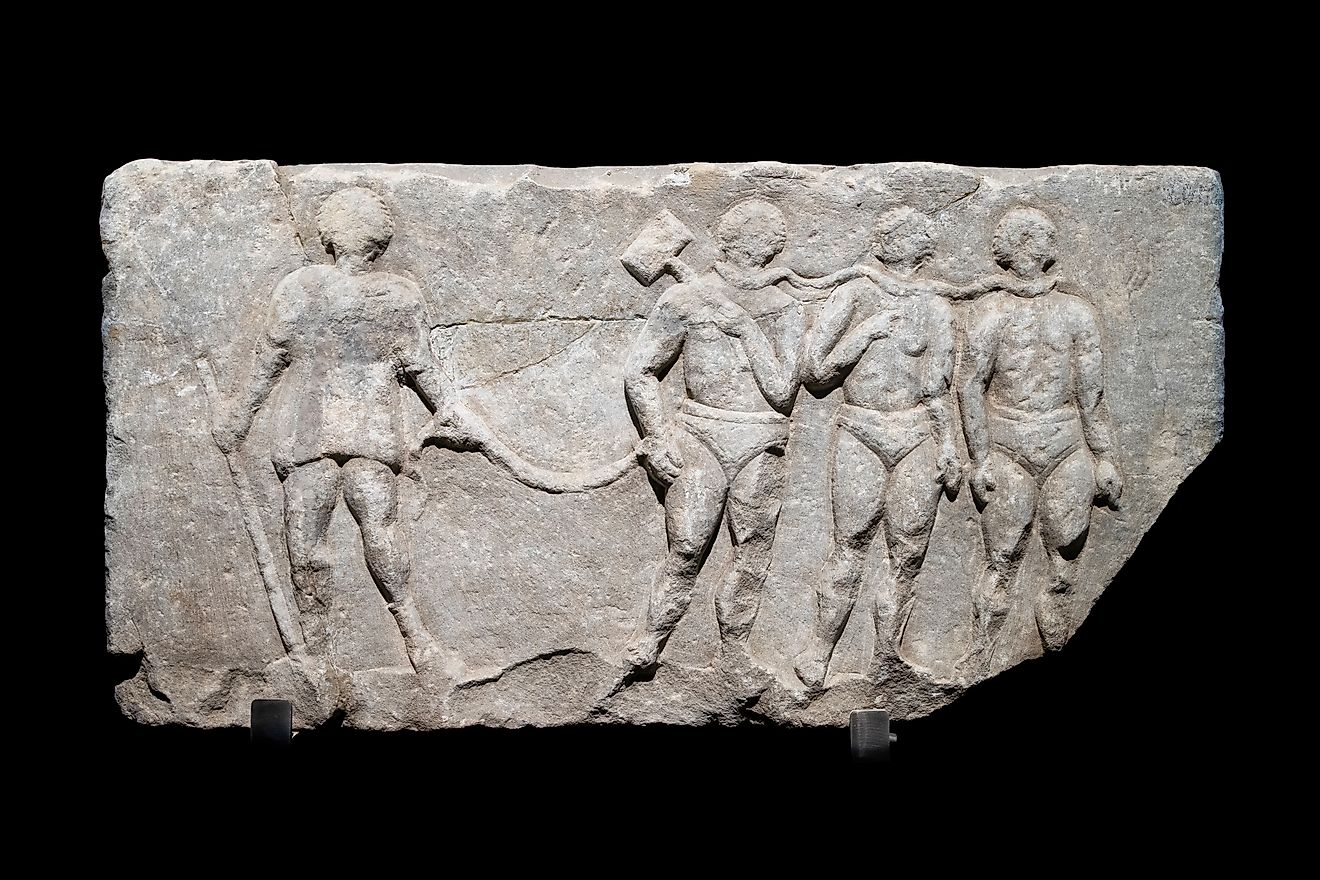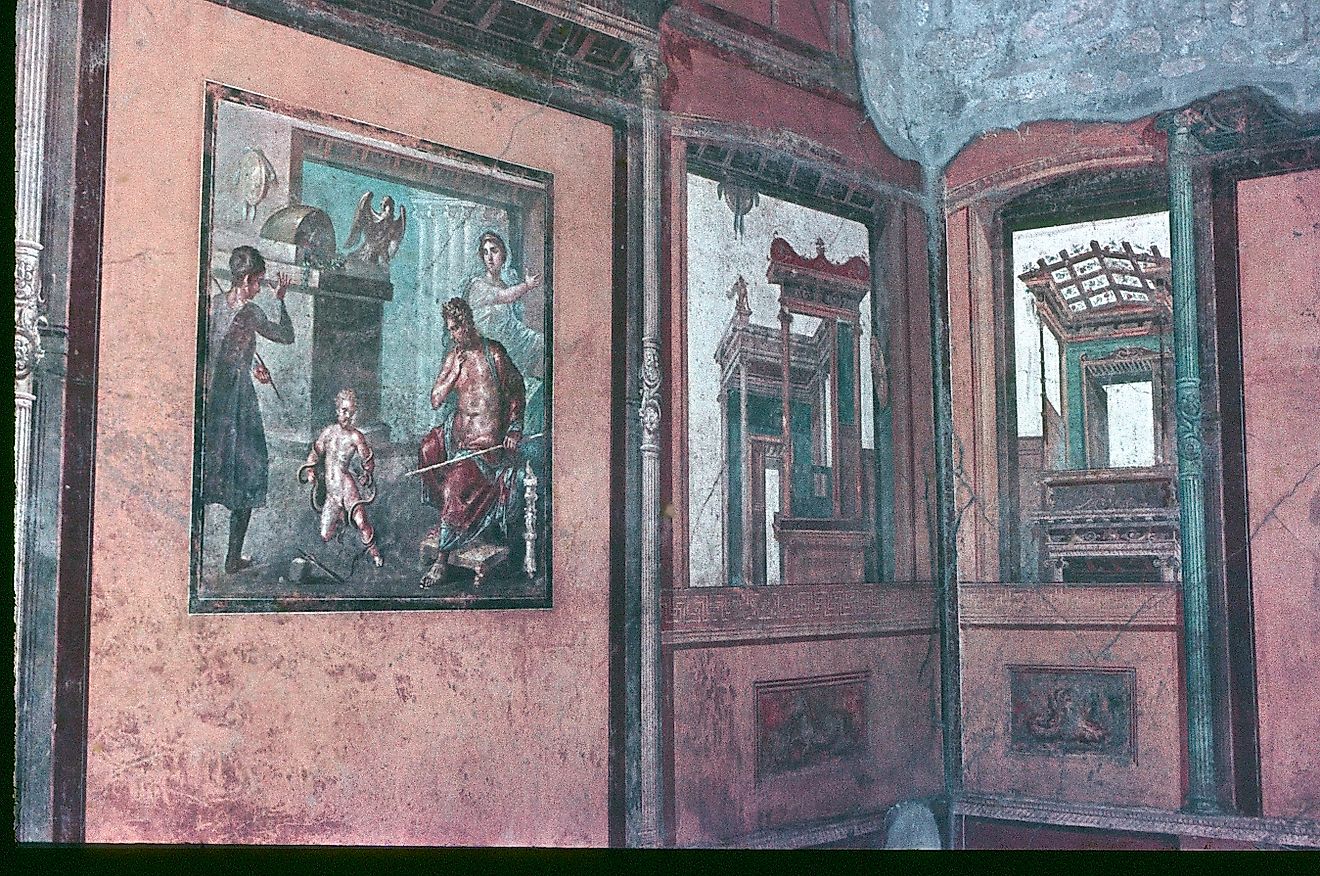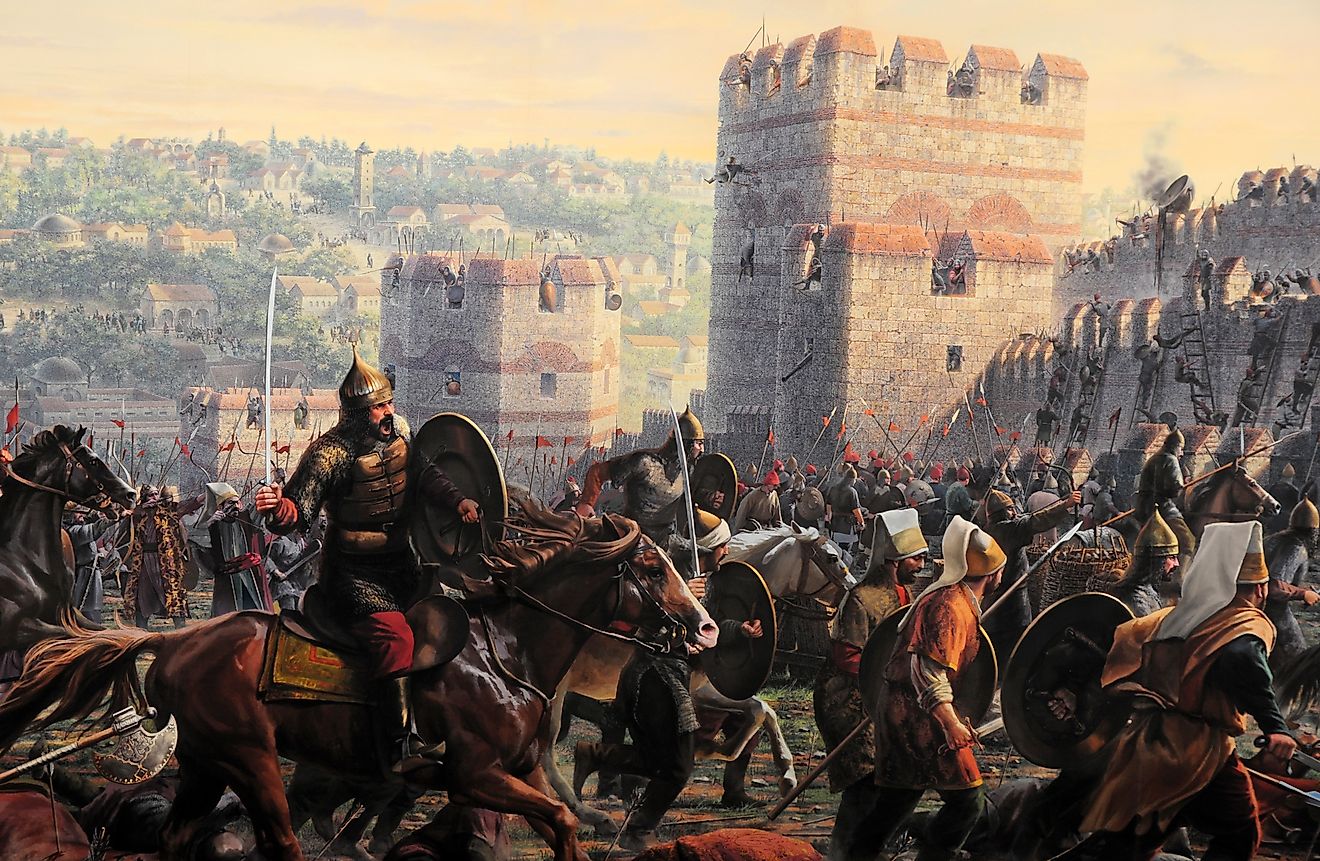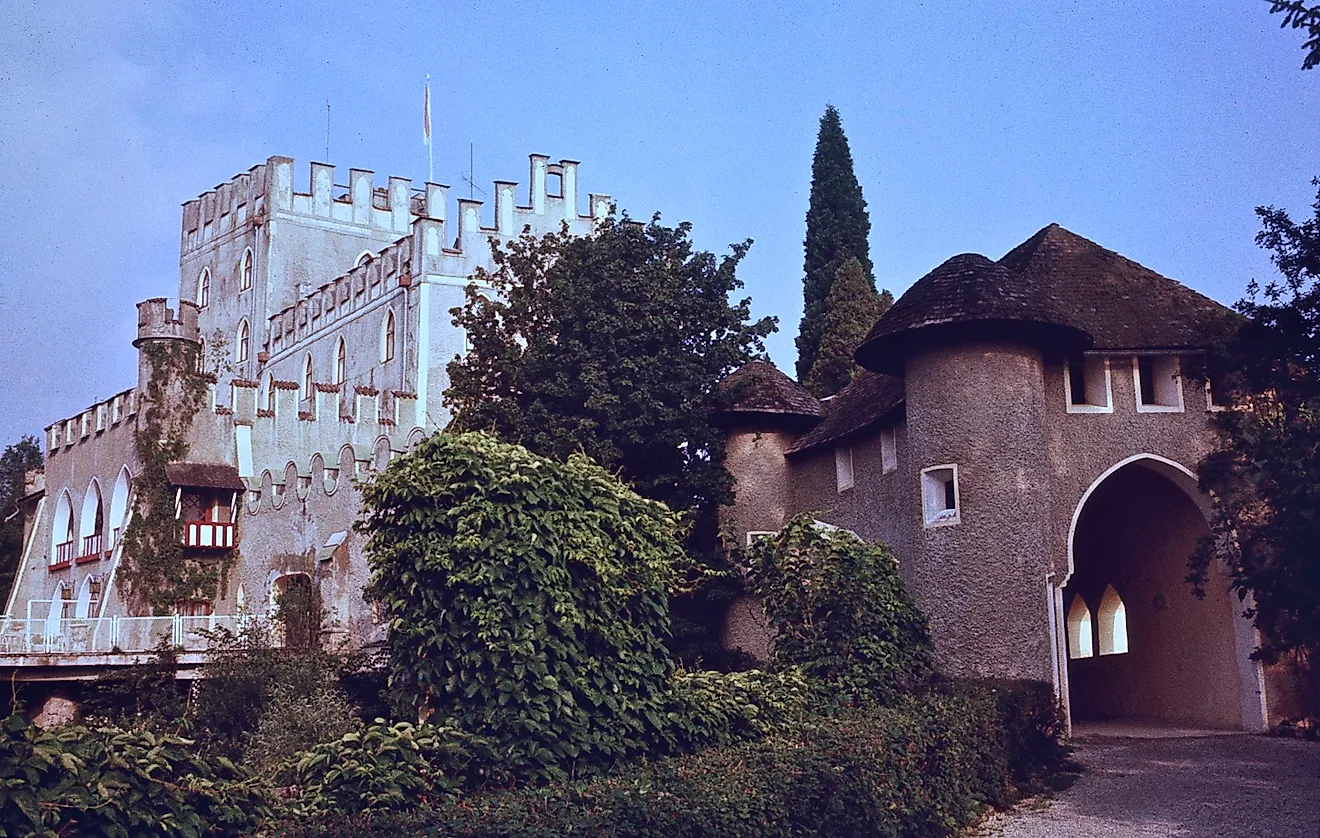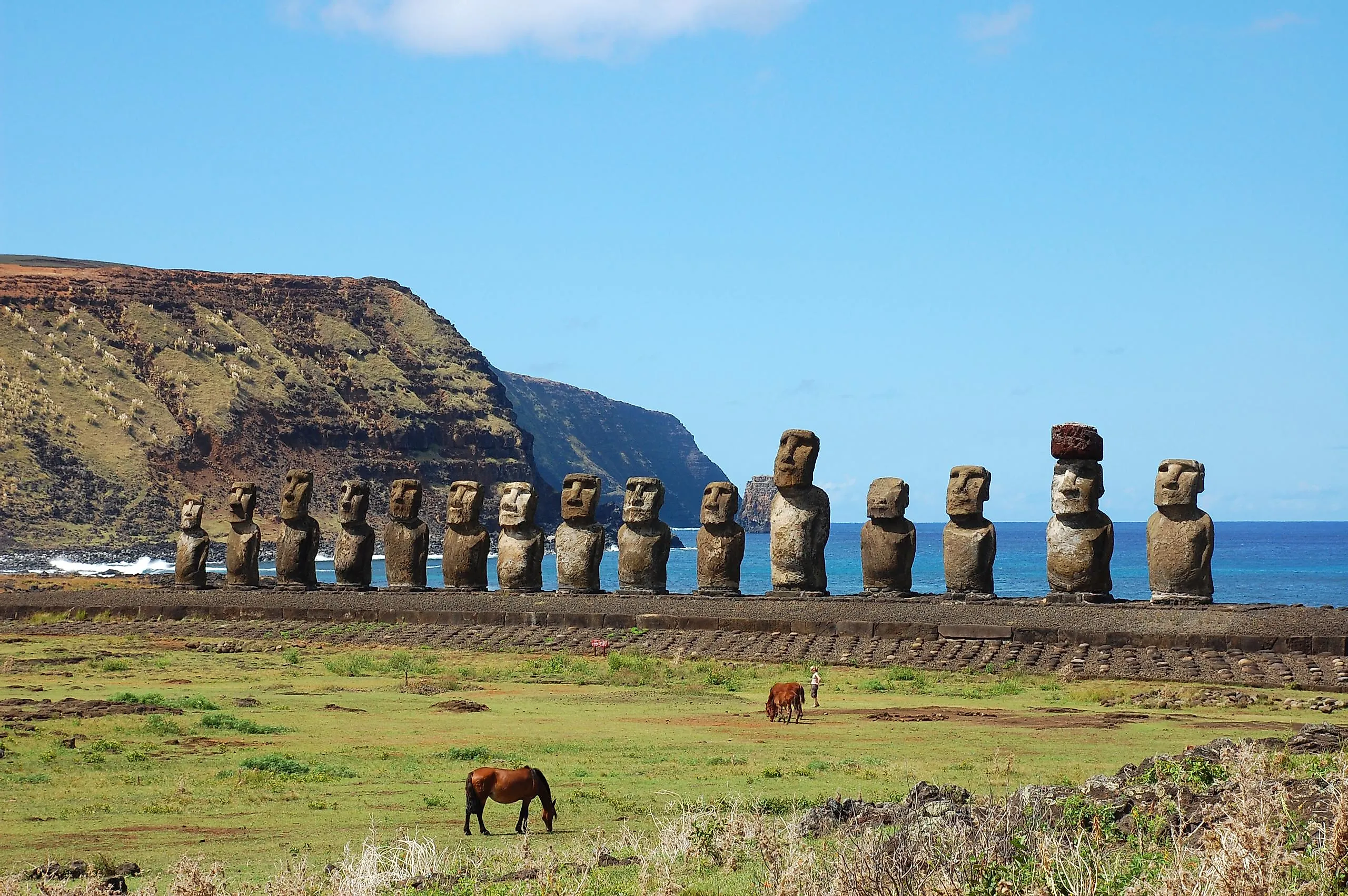
12 Greatest Archeological Discoveries Ever
The average global lifespan is 73 years. It can therefore be difficult to comprehend the scale of human history. Looking back on black and white photos of our grandparents feels like gazing into an alternate reality of sorts. How quickly cultural trends and technology change, and yet, there is also an illusion of solidity to the world, and the people within it. Taking this same thought experiment back to previous millenia, one may be tempted to compare a smartphone to a stone tool and judge modern man to be the superior form. However, since the age of archeology dawned in the past few centuries, ancient monuments have been continually discovered that baffle the public and experts alike. The age, scale, sophistication, and/or stories behind these rediscovered megaliths, cities, writings, and inspired projects would put 21st century minds and machines to the task. The following are twelve such archeological finds that cannot be overstated.
Gobekli Tepe
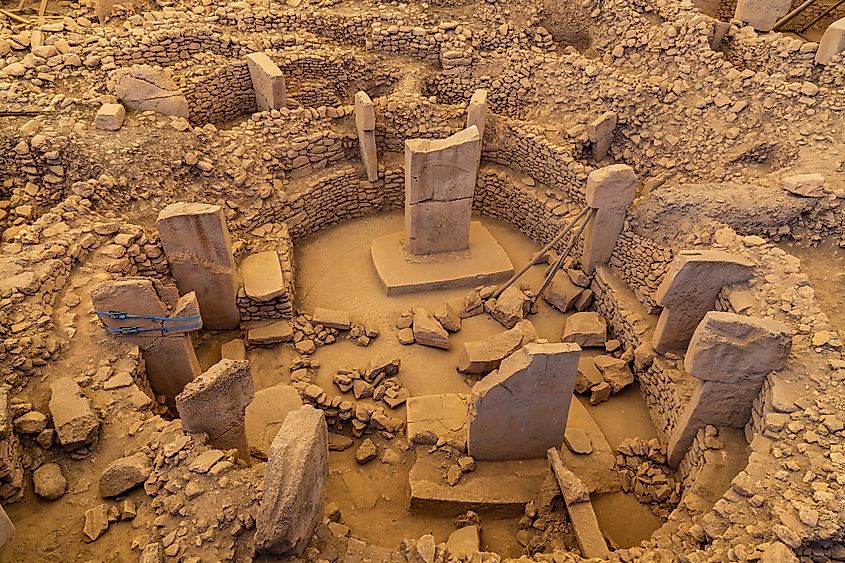
Gobekli Tepe is a paradigm-smashing megalithic site – the oldest of its kind, and by a significant margin, anywhere in the world. The T-shaped limestone pillars, some weighing upwards of 10 tons, feature carvings of humans, snakes, spiders, lions, scorpions, and other depictions that relate more to primal fears and intrigue, rather than sources of sustenance, mark out over 20 circular structures that are thought to have been used for ritualistic or funerary purposes – perhaps both.
What is astonishing about this discovery in the Germuş Mountains of Southeastern Anatolia, near Urfa, Turkey (i.e., Upper Mesopotamia), is that it was deliberately buried until the 1990s, around 11,000 years ago. This suggests that so-called hunter-gatherers of the pre-Neolithic age were capable of dedicating significant effort and resources to constructing what is now called Göbekli Tepe (i.e., "Belly Hill"). All of this occurred apparently without agriculture, permanent settlements, or even formalized religious beliefs that typically prompted other famous monuments and are thought to have developed only after civilization eased the immediate pressures of daily survival. However, the idea that these people were purely hunter-gatherers has been thoroughly challenged by ongoing excavations at Göbekli Tepe, which show evidence of prolonged habitation. Clearly, the established timeline of civilization needs a serious revision.
Pompeii
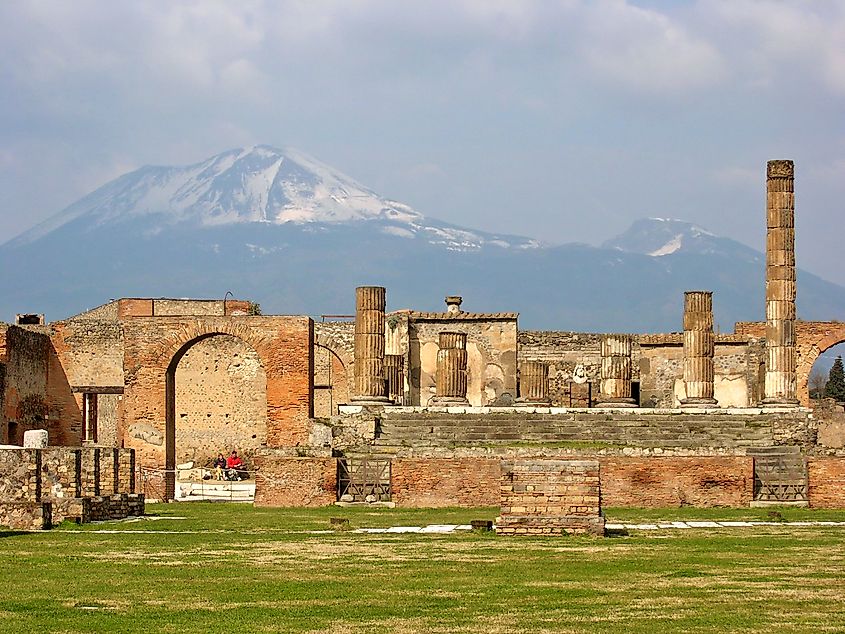
Imagine going about your day—a summer day like any other in this seemingly stable world—only to be wiped out by a freak cataclysm and consequently frozen in time, or rather, immortalized by volcanic ash and debris. When Mount Vesuvius, a stratovolcano near the modern Italian city of Naples, erupted on a fateful morning in A.D. 79, the once-opulent Roman city of Pompeii, along with many of its citizens, was extinguished, buried, and ultimately perfectly preserved for archaeologists to rediscover in the mid-18th century. The now-popular tourist site is still only about two-thirds uncovered, but rather than chisel away at the remaining homes, attention has shifted to maintaining what now sees the light of day—despite rain, wind, pollution, and human activity.
Dead Sea Scrolls
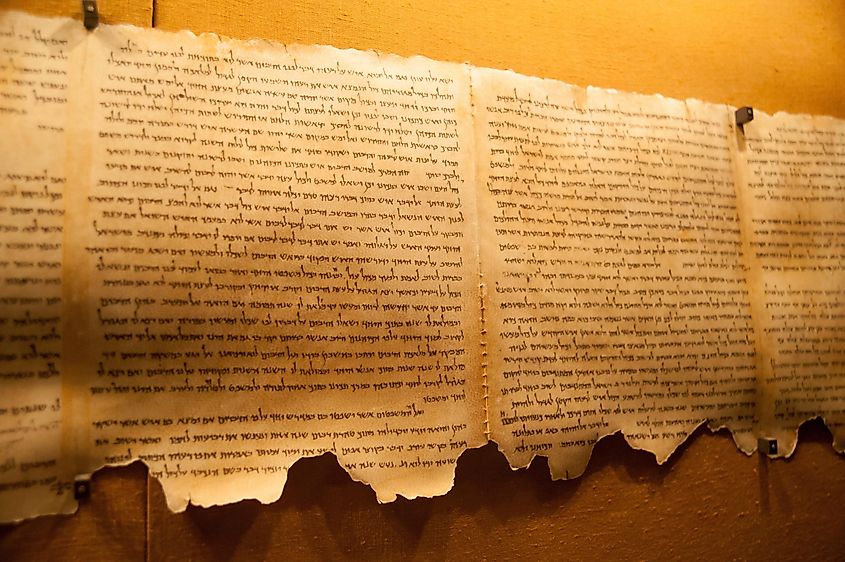
The Dead Sea Scrolls are a massive catalog of miraculously maintained texts that were composed between the 8th century B.C. and the eleventh century A.D. They not only mark the earliest known version of the Old Testament (i.e. the Hebrew Bible) – surpassing the Masoretic Text by over 1,000 years, but also cover a wide range of more mundane topics, such as administrative records and marriage/divorce documents, in several languages. The most famous and numerous fragments were discovered in caves of Qumran, near the Northwest shore of the Dead Sea. These were uncovered between 1947 and 1956, while other related parchment, papyrus, and copper puzzle pieces have been connected across the Jordan Jalley and Judean Desert.
Terracotta Warriors
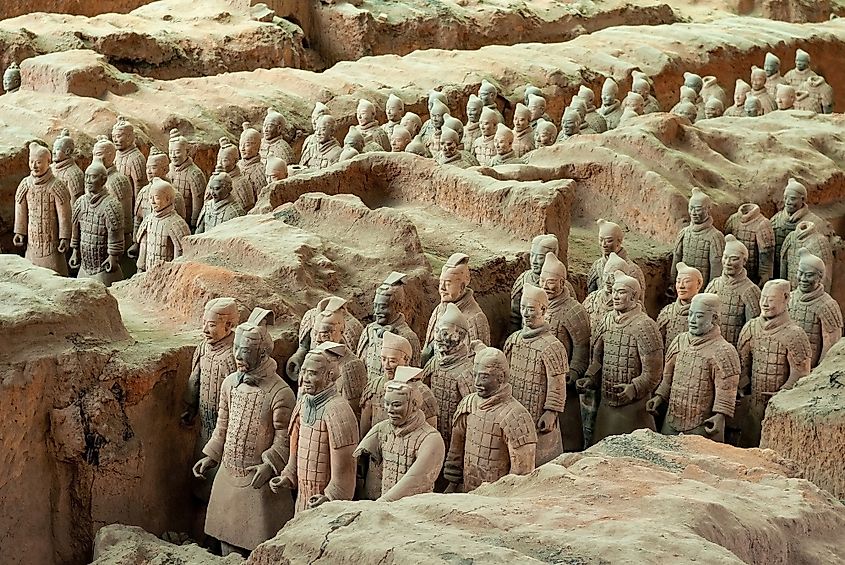
In 1974, workers digging a well outside Xi'an, China, discovered a life-sized clay soldier, marking the start of a major archaeological excavation. This excavation uncovered over 8,000 individualized warriors, now called the Terracotta Army. These figures were buried near Qin Shi Huang Di (also known as Ying Zheng) to serve as his companions in the afterlife. The site also includes clay horses, wooden chariots, and well-preserved weapons. It is believed that more than 700,000 workers contributed to this intricate and impressive project.
Machu Picchu
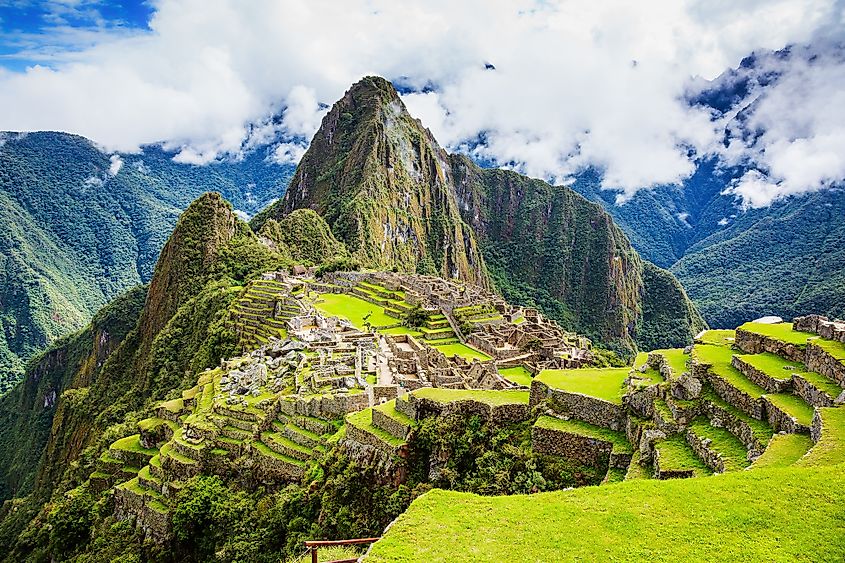
Built at the height of the Inca Empire and abandoned suddenly upon the arrival of the Spanish conquistadors (either because of conflict or the ensuing smallpox plague) in the 1530s, Machu Picchu was reintroduced to the mainstream in 1911. It is one of the most-visited sites in South America and one of the most recognizable places in the world. Situated atop the precarious summit of the eponymous Peruvian Andes mountain (which means "old peak" in the native Quechua language), Machu Picchu consists of over 150 buildings and 3,000 stone steps spread across a 5-mile area. Many theories exist about the purpose of this spectacularly scenic site, but no definitive explanation has yet emerged. Because much of the culture was destroyed along with the once-great civilization, Machu Picchu is likely to remain as shrouded in mystery as it is surrounded by tropical jungle and low-lying clouds. Machu Picchu can be reached as part of a day trip from Cusco or through the traditional route—trekking for four days along the Inca Trail.
Tikal
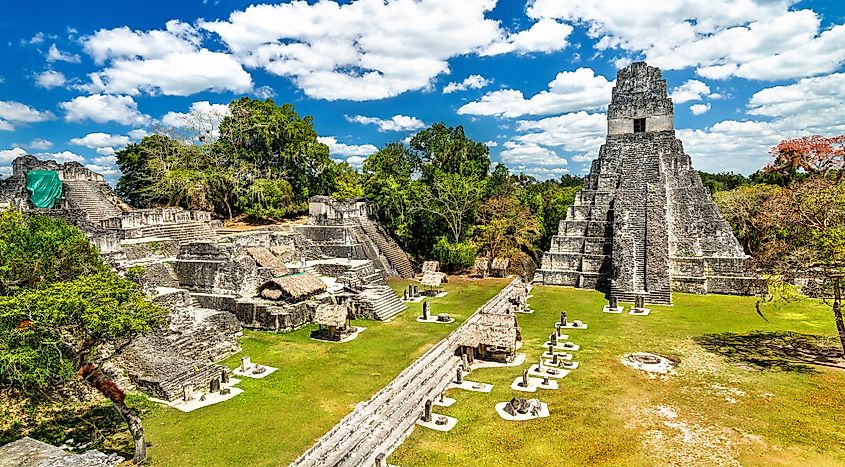
Another spectacular, long-lost Latin American site is the massive Mayan city now known as Tikal, but perhaps once called Yax Mutal, after the ruler Yax Ehb Xook. The complex hides deep in the jungle of the Petén Department in Northern Guatemala, in what is now Tikal National Park, and consists of at least 3,000 structures, including many pyramid-like temples and other extraordinary limestone creations. The area was perhaps inhabited as far back as 1,000 B.C., with cultural developments beginning around 700 B.C. The core construction was completed by 300 B.C. and the city was at its prime between 200 to 900 A.D., before rapidly declining over the next century. The jungle overtook the site after it was abandoned, but was rediscovered in the 19th century. Today, tourism is the main source of funding for ongoing excavations.
Tutankhamun's Tomb
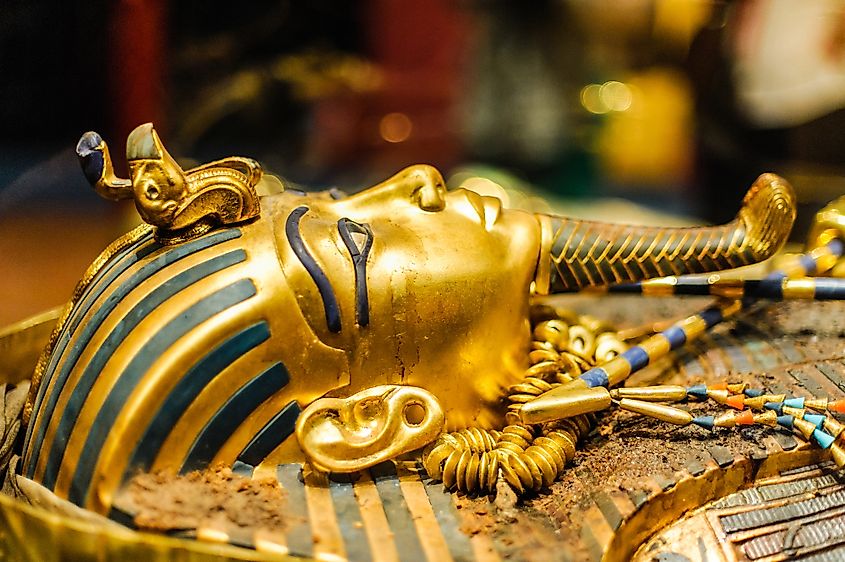
King Tutankhamun, or "King Tut," was forgotten in the sands of time until his tomb was discovered in 1922. Now, he is one of the most famous Egyptian Pharaohs. Tutankhamen, a name meaning "living image of Aten" (the sun god), was born around 1341 B.C., inherited the throne from his father at age nine, and ruled until his early death, just ten years later (digital imaging and DNA analysis suggest malaria or a severe infection). To date, King Tut's tomb is the most intact burial chamber found in the Valley of the Kings. It was hidden beneath 150,000 tons of rocks and contained so many precious artifacts that it took a full decade to catalog. These treasures offer a valuable glimpse into Egyptian life during that period.
Stonehenge
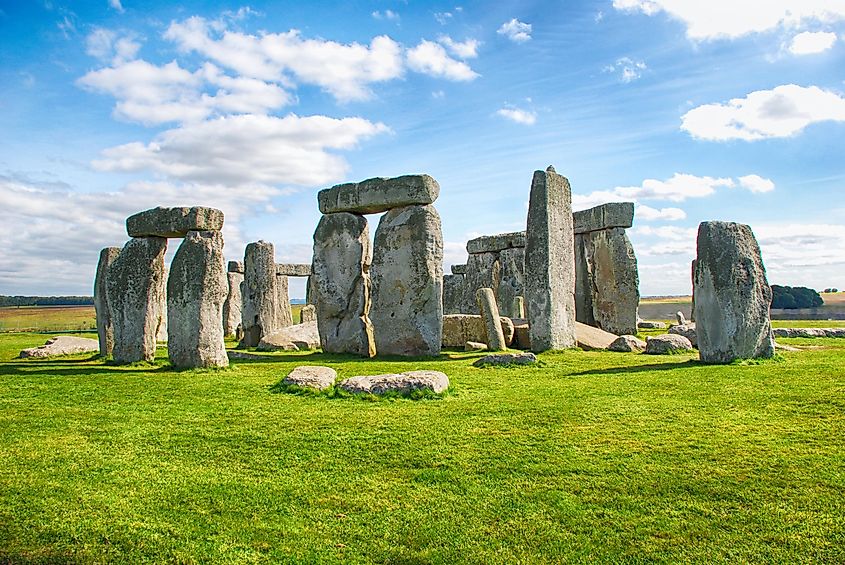
One of the most iconic and mysterious megalithic structures on Earth is the circle of stone trilithons on Salisbury Plain in Wiltshire, Southern England. Researchers believe Stonehenge was built in three phases over 1,500 years (from 3,100 B.C. to 1600 B.C.), requiring between 20 and 30 million hours of labor. John Aubrey rediscovered the site in the 17th century, but even after centuries of study, its purpose remains largely a mystery. While many agree it served as an important burial ground, its precise astronomical alignments hint at a more complex story. This massive project was carried out by Neolithic wanderers who had yet to invent the wheel but managed to transport heavy stones from as far as 200 miles away, erect 40-ton pillars, and lift the enormous cross beams to connect the circle – all for a purpose that was not realized during most of the builders' lifetimes.
Angkor Wat
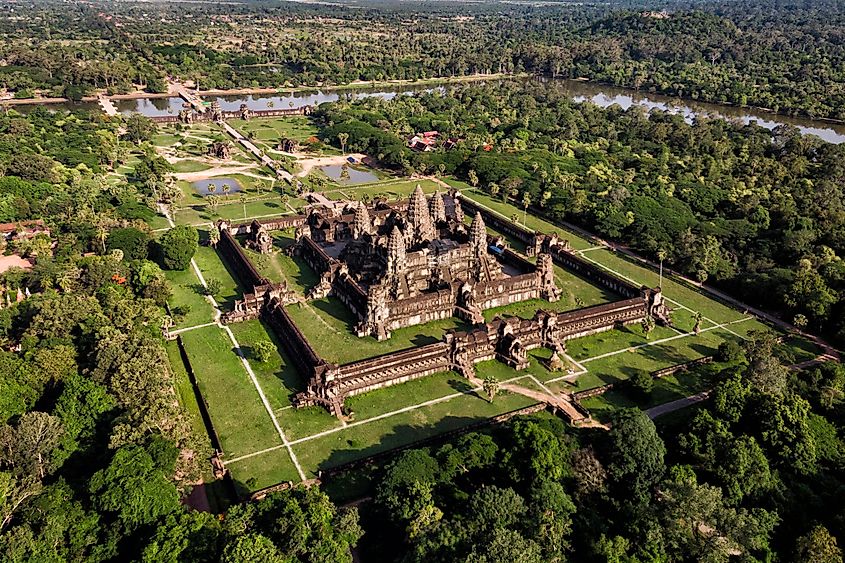
Five miles north of the Northern Cambodian city of Siem Reap sprawls one of, if not the largest, religious monuments in the world. Angkor Wat is attributed to Emperor Suryavarman II, who ruled from 1113 to 1150 – serving as the capital of the Khmer empire (Angkor translates as "capital city" and Wat means "temple"). The massive 400-acre site was initially a Hindu temple, dedicated to the god Vishnu and designed to mimic Mount Meru, but it was repurposed as a Buddhist temple by the end of the 12th century, remaining an important monument for practicing Buddhists until the 1800s. After a period of abandonment and disrepair, the temple was reopened to the public in the 1840s by French explorer Henri Mouhot. Though it unfortunately sustained major damage in the 1970s, Angkor Wat has rebounded into a hugely popular tourist attraction.
Derinkuyu
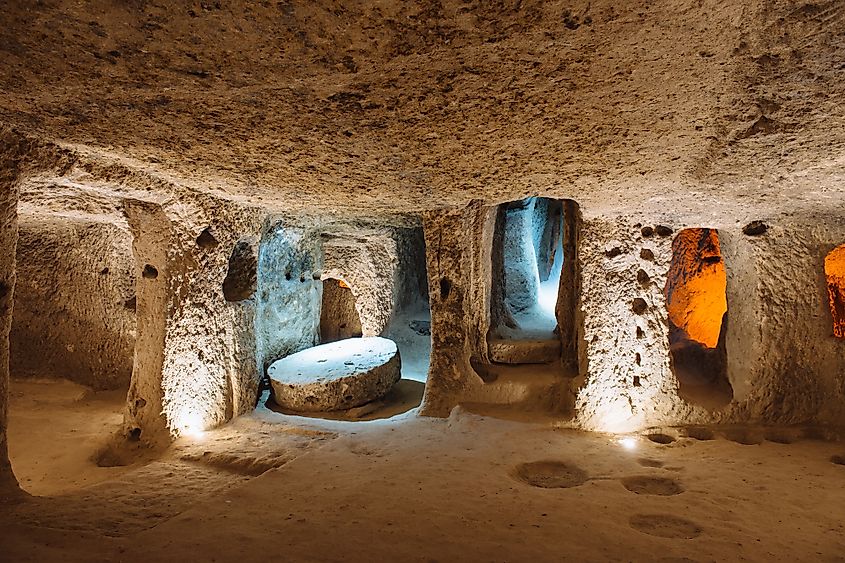
Sometimes remarkable archaeological discoveries occur after decades of careful investigation, but at other times, some of the greatest finds happen purely by chance. The world's largest underground city, Elengubu, now called Derinkuyu, falls into this latter category. In 1963, a man living in the Central Anatolia region of Turkey, known as Cappadocia, noticed his chickens escaping through a small opening in his basement wall. When he extended the space to investigate further, he uncovered the first of what would become over 600 entrances scattered across the area, leading to a vast subterranean maze. This ancient city, believed to be built by the Hittites around 1200 B.C., features 18 levels of tunnels spanning hundreds of miles, descending as deep as 280 feet, and possibly linking to other underground cities. Due to repeated conflicts involving various groups and an estimated peak population of 20,000, it is believed that Derinkuyu was mainly constructed as a refuge from invading forces.
Petra
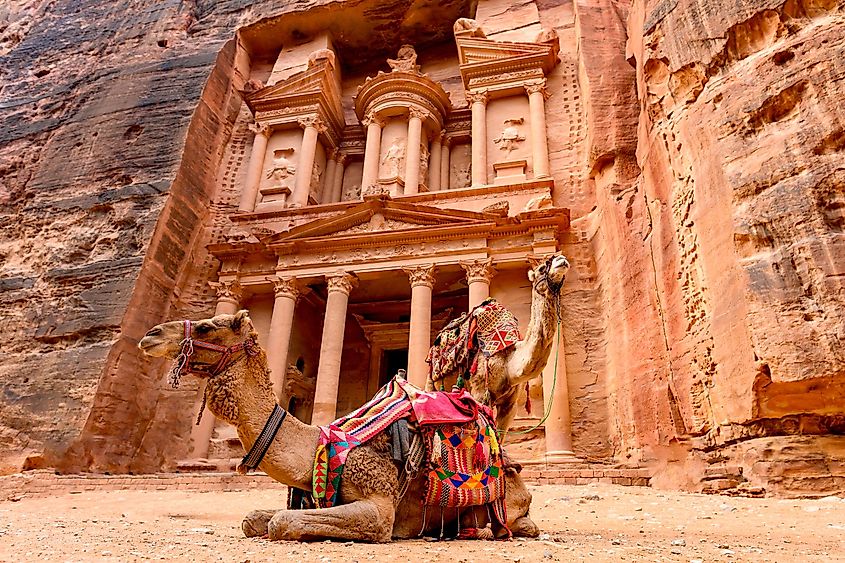
The second of the "Seven New Wonders of the World" to make this list (along with Machu Picchu) is the stunning ancient city of Petra – affectionately named "Rose City" after the hue of the mountains it is carved from. Petra was created by the Arab Bedouin tribe known as the Nabateans, who used an aesthetically-mesmerizing architectural approach of chiseling fantastic structures directly into the dramatic rock landscape of what is now Southwestern Jordan, as well as an inventive water management system that allowed them (followed by the Romans, Byzantines, and most recently, the Petra Bedouin tribespeople) to thrive here even during the harsh flood and drought cycles of the desert. The unique metropolis/trading post dates back to at least 312 B.C., which is the earliest reference in recorded history, and was formerly utilized until the 8th century A.D., before it was reintroduced to the modern world in 1812 by Swiss explorer, Johann Ludwig Burckhardt.
The Moai Of Easter Island
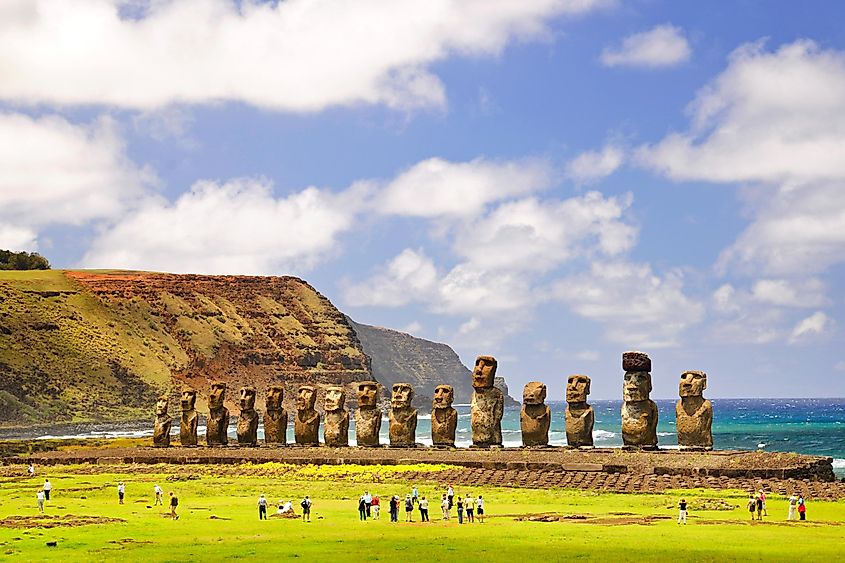
Rapa Nui, or as it is commonly known, Easter Island, is one of the most remote inhabited islands in the world. The fact that Polynesian explorers established a firm presence on this tiny rock in the middle of the South Pacific (2,200 miles West of Chile, of which Rapa Nui falls under the banner of) around 1000 A.D. is astonishing in its own right. But add in the fact that these early inhabitants built 1,043 (currently uncovered) colossal humanoid statues, known as moai, out of volcanic stone, reaching an average height of 13 feet and weighing 10 tons (with the largest being 69 feet tall and weighing 200 tons!), and Rapa Nui takes on another order of magnitude of mystique. The indigenous population never completely disappeared, but did dwindle dramatically from a combination of deforestation, and then, upon arrival of the Europeans on Easter Sunday in 1722, epidemics, slave trading, and other oppressive forces. The native numbers have since rebounded from as low as 111 to around 2,000, but unfortunately, in October of 2022, hundreds of moai were damaged by a rampant fire.
No matter how advanced civilizations become, the sun eventually sets on all eras. Imposing structures are abandoned, religions change, systems fail, and each generation tends to forget what came before. Archaeology offers us a valuable opportunity to explore the past, helping us better understand our species and anticipate the future. These twelve discoveries highlight what is possible, inspiring us while also reminding us of our humility.

